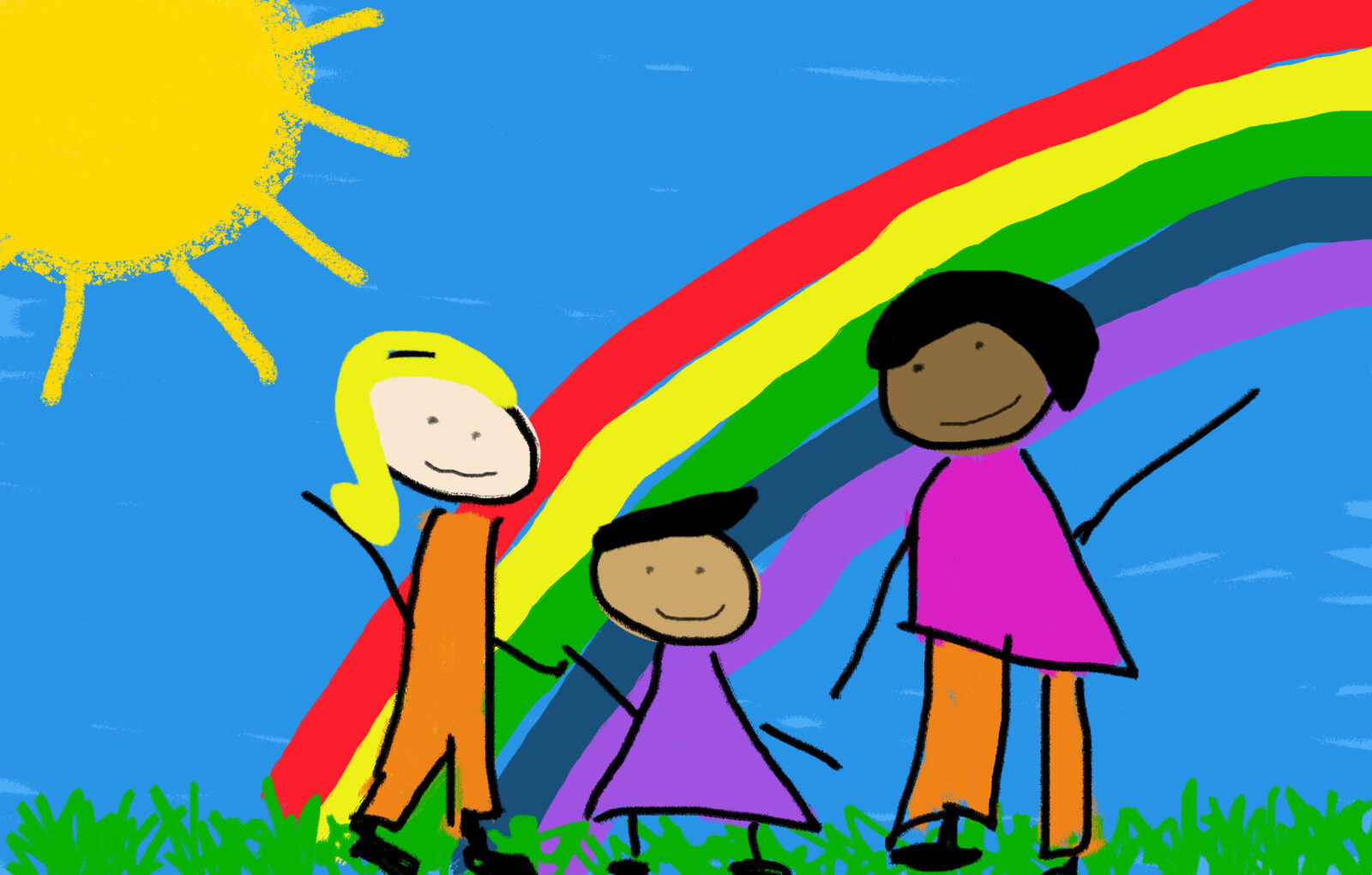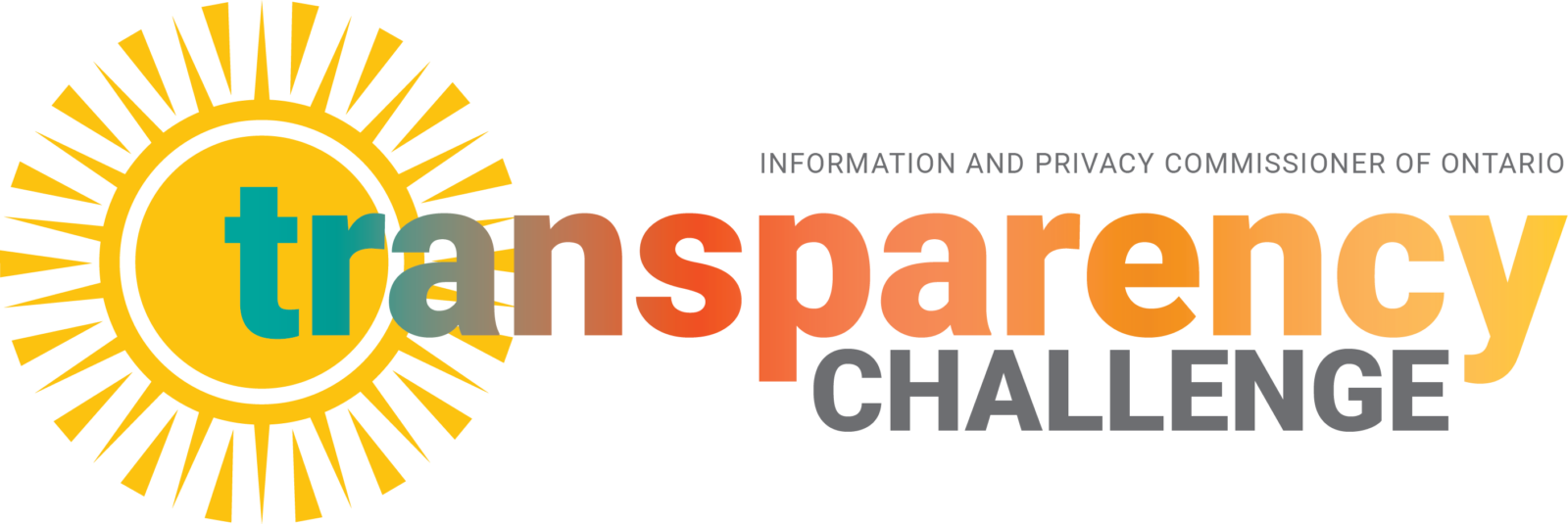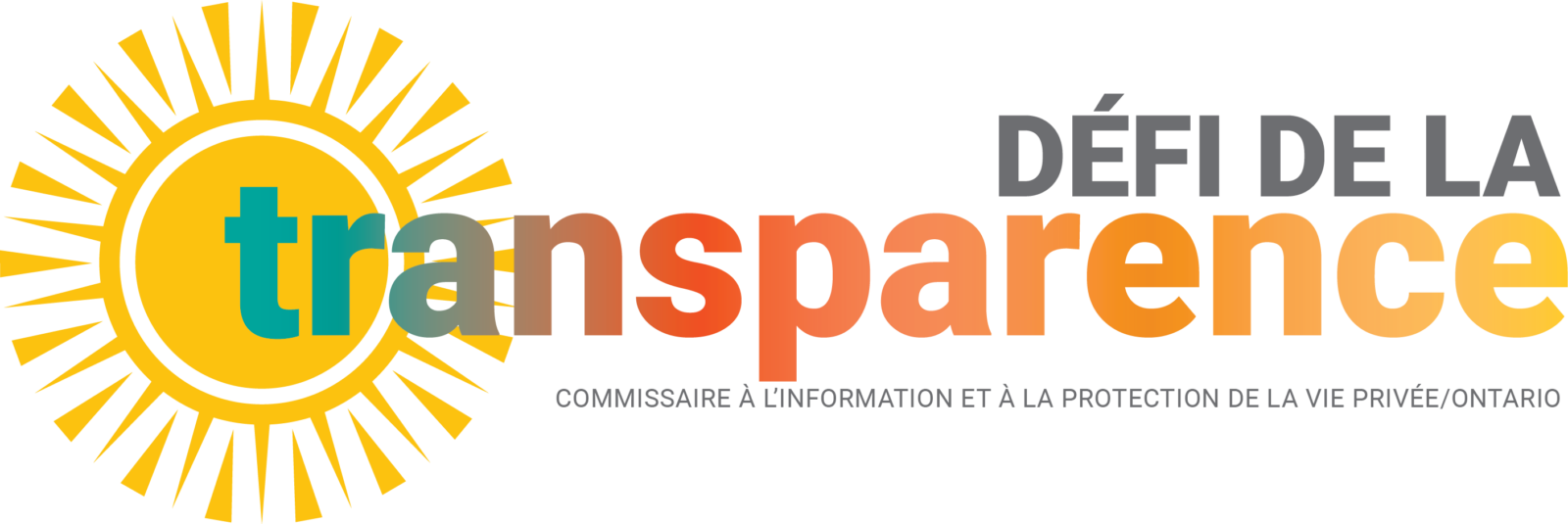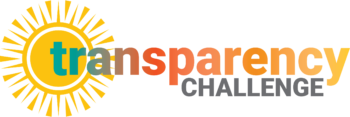
This illustration is done in the spirit and style of a young child, joyfully depicting their family.
Original artwork by Surface Impression (Aedán Crooke) for the Information Privacy Commissioner of Ontario
City of Toronto
Raising the Village open data project aims to improve the lives of children and their families
Raising the Village is an initiative by the Toronto Child & Family Network that involves collecting and publishing aggregate data to help understand socio-economic challenges for Toronto’s children and families and improve their well-being.
The Toronto Child & Family Network is a community collaborative focussed on improving quality and integration of services provided to families and children in Toronto. With their Raising the Village initiative, they collect and make publicly available data on 15 child, family, and Indigenous well-being outcomes that guide planning and decision-making among network members. This important data is shared online in aggregate form on the Raising the Village website. The website features dynamic visualizations for over 100 child and family well-being indicators covering a wide range of outcome areas including physical health and development, learning and education, strong families, and financial security.
The website provides tools for data analysis for various purposes, such as viewing neighbourhood-level data for localized planning and demographic data to understand where there are more likely to be socio-economic challenges and inequitable experiences among different sub-populations of children and parents. The data are downloadable in various formats to make them easy to access and use. Instructional videos and guides are also available to help users with less experience working with data learn how to navigate the site and apply the data to their work. Updates to existing data are incorporated when they are available.
The network develops relationships with various organizations to increase the range and volume of data offered through the Raising the Village site. The data helps inform the efforts of the network and other organizations. For example, Toronto Children’s Services uses the data for strategic planning purposes, including in its administration of EarlyON, which offers free programming to support families with young children. Organizations benefit from the Raising the Village site for program planning, to address service gaps, to target new investments, as well as to bring about system-level changes to advance the well-being of children and families. It is a great example of collecting and making data available for good.



